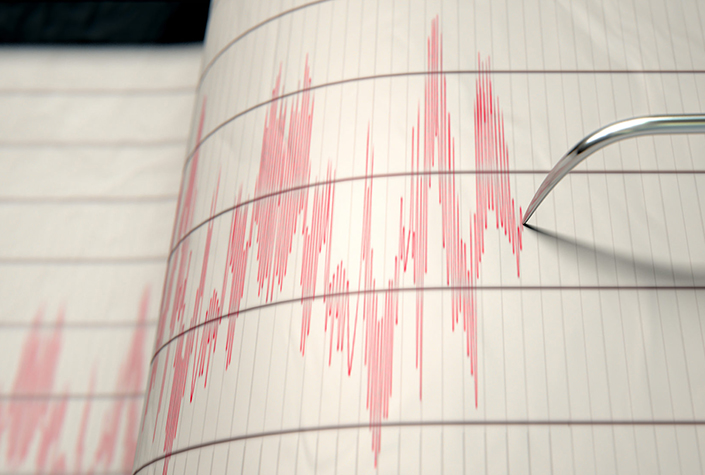State of safety: Quakes are common in west Texas, but rarely destructive

Two earthquakes have hit the Odessa area recently, but Texans should not be overly alarmed because the state lies in a relatively safe zone when it comes to severe earthquakes, according to two Texas A&M University experts.
Fred Chester and Nick Perez in the College of Geosciences said the two quakes – a 3.6 and 3.4 on the Richter Scale – are not uncommon in the area, especially since it is in the heart of Texas oil country, which in recent years has seen a dramatic uptick in earthquake activity.
“Earthquakes can happen just about anywhere in the North America continent, but the risk varies greatly,” Chester said. “In general, the risk in Texas is lower overall than most other places in the Unites States and the risk is lowest along the Gulf Coast. The largest and most devastating earthquakes – with respect to lives, infrastructure and financial loss – occur at tectonic plate boundaries, and Texas is far from plate boundaries.”
Chester said natural earthquakes occur in West and North Texas, and some of these can cause damage and chance of injury. According to the Texas Almanac, the largest earthquake ever to hit Texas occurred in 1931 near Valentine in far West Texas and measured 6.5.
For decades, both Texas and Oklahoma have seen huge increases in the production of oil and gas from unconventional reservoirs made possible by the practice of fracking to unlock gas and fluids trapped in the source rock.
Numerous studies have shown a direct link between production from unconventional reservoirs and an increase in rates of local earthquakes, most of which are in the 3.0 or below magnitude category and cause little damage, Chester said.
“We now recognize that most of the North American continental crust is naturally stressed to levels that are close to failure and thus primed for causing earthquakes, and that fluids in the crust have a role in earthquake faulting,” he said.

